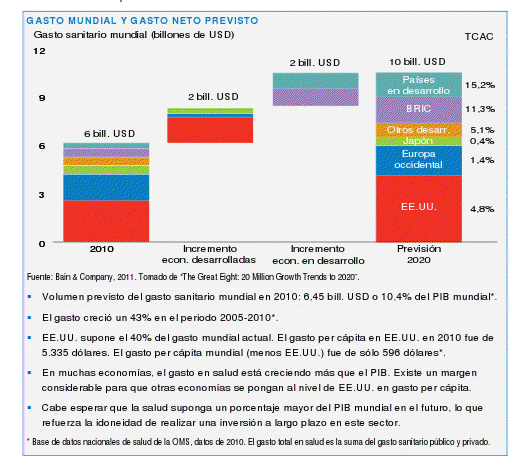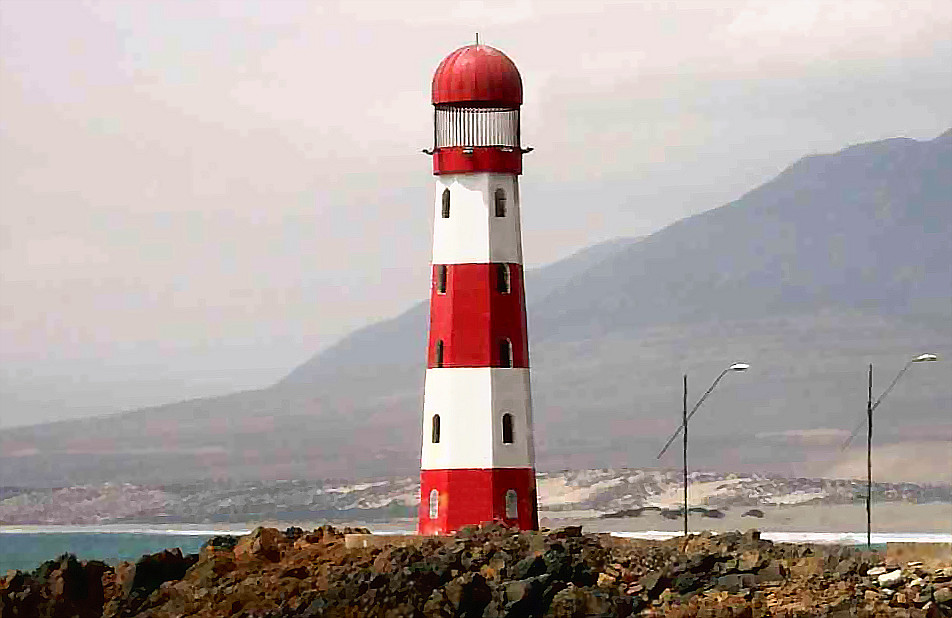Africa’s abundant agricultural, mineral, and energy resources have certainly helped drive the continent’s economic growth. But a new wave of infrastructure development is changing the way people think about the continent. The current model of African trade ‐raw materials in return for manufactured commodities ‐is shifting. As rapid industrialisation increases the prosperity of its youthful population, domestic consumption looks set to play a much bigger part in growth. One of the best performing regions in emerging markets in recent years, the continent is becoming an increasingly credible destination for foreign investment capital, and could massively exceed investors’ expectations in the next decade.
Make no mistake, Africa is still a tough place to do business. Corruption, bureaucracy, and unreliable electricity remain obstacles. But investments in projects like oil refineries demonstrate that investors are there for the long haul. Foreign direct investment in the continent has tripled in the last ten years, and as a group‐Brazil, Russia, India, China and South Africa ‐are expected to invest a staggering $530 billion in Africa’s industrial sector in 2015, up from $150 billion in 2010. Manufacturing’s share of total Chinese investment in Africa (22%) is fast gaining on the mining sector’s (29%). And the logistics companies that are now expanding in the region could have a huge snowball effect on economic activity, if they can bring down delivery times.
We think consumer staples have the greatest potential return on investment. Countries are starting from such a low base, and with incomes and population rising together, the sales of daily necessities like food and beverages are going to skyrocket. Consumer spending is forecast to double in the next ten years, as Africans become wealthier and increasingly urbanised – which should benefit companies like the brewers such as SABMiller, Heineken, and Diageo given how far below world average beer consumption is in Africa. The number of countries with average incomes above $1,000 per person a year is expected to grow from less than half of Africa’s 54 states to three‐quarters. As a case in point ‐Nigeria, whose per capita GDP quadrupled to $1600 in 2012 from $400 in 2000, looks like it is going to grow pretty strongly over the next few years as investment into the non‐oil economy picks up. An emerging middle class is providing momentum to private consumption, and boosting the share prices of companies like Nestlé, as Nigerians fill up their shopping baskets with more expensive goods.
Shoprite, a South African based supermarket group which is Africa’s largest retailer by market capitalisation has done fantastically well across the continent, where there was previously little access to large scale food shopping, and has delivered a return on equity of about 40% per annum in recent years. Another big change is the heavy investment in West Africa’s food and drink processing industry. Depending on how it develops over the next few years, a much greater proportion of retail shelf space may be devoted to lower‐cost locally produced products rather than South African imports. Interestingly, Shoprite has recently raised additional capital to spur property development in the region because the current establishments are moving too slowly to build shopping centres into which they can put their stores. The winners in this story are not just the food retailers, but also the suppliers such as snack manufacturer AVI and Nestle Nigeria, which sell Maggi’s chicken and beef stock, that are able to piggyback off the wider distribution network of companies like Shoprite.
Telecommunications is another interesting area. Africans have embraced modern technology as soon as they could afford to, and mobile phones are becoming as ubiquitous in Africa as they are in India; with the two dominant South African based mobile operators MTN and Vodacom amongst the leader operators. To illustrate the speed of this growth, we can have a look at Nigeria, where in 2000 there were only 500,000 fixed lines and hardly any wireless handsets in the whole of Nigeria. Today, there are 90 million mobile phones. This high usage is creating a significant opportunity for financial services and in many cases bypassing the need for physical banking infrastructure. Vodafone, which pioneered mobile phone banking in Kenya through its subsidiary Safaricom, now sees a third of Kenyan GDP flowing through its mobile money‐transfer system, M‐Pesa. It is now attempting to replicate the same model across the continent.
Agriculture is bound to see massive growth too. Africa’s population is expected to double to 2 billion people by 2050, so there is an urgent need to improve agricultural productivity and increase cultivation. Africa accounts for 60% of the world’s arable land that is not in cultivation. Only 10% of the 400 million hectares of land between Senegal and South Africa suitable for farming is actually exploited.
While we are strong advocates for investing in both South Africa and Nigeria, the whole of Sub‐Saharan Africa offers a wide variety of opportunities. However, not all of these ideas are scalable into a liquid vehicle for international fund investors. Sometimes though, we have to go via the back‐door to access the ground floor opportunity. Corporate governance and market liquidity remain issues in ‘frontier markets’. This is why we often access these stories by investing in South African and UK companies. Within our EMEA strategy (which currently has around 60% exposure to Africa), we believe we have the ability to cherry pick some of the very best ideas in a wide range of countries.




 For Fórmate a Fondo
For Fórmate a Fondo

